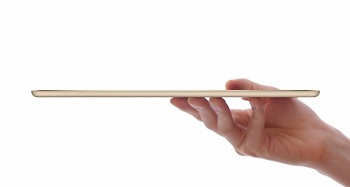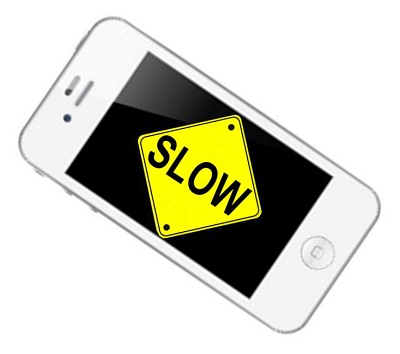According to IMRG analysts, there may not be any real m-commerce growth going on at the moment.
Could it be possible that mobile shopping has reached its peak for the moment? If the data revealed by analysts at IMRG are correct, there may not have been any rise in the proportion of sales that have used mobile platforms over the previous three months.
The data included in the research that was conducted involved both smartphone and tablet use.
The trends that mobile shopping has seen over the last few years have shown that it has been experiencing solid growth every single quarter for the last half decade in the United Kingdom. However, the last quarter broke that streak as m-commerce didn’t see a quarterly rise in its use within the country during the previous quarter. What this suggests is that the country may be reaching the point in which there is a balance between shopping on PCs and over mobile devices. This, according to Internet Retailing.
Five years ago, only 0.9 percent of e-commerce occurred over mobile shopping devices.
 However, that figure from this year has reached a considerable 42 percent of online purchases. What is important about the finding from this recent research is that although the amount of money that is being spent over m-commerce seems to have leveled off and has reached its uppermost point for the moment, the number of web visits that are taking place via smartphones and tablets is still experiencing steady growth.
However, that figure from this year has reached a considerable 42 percent of online purchases. What is important about the finding from this recent research is that although the amount of money that is being spent over m-commerce seems to have leveled off and has reached its uppermost point for the moment, the number of web visits that are taking place via smartphones and tablets is still experiencing steady growth.
In fact, during this year’s second quarter, it was estimated that about 60 percent of all site visits are occurring from mobile technology devices. This is a rise of 2 percent from the same time three months earlier.
What that appears to show is that even if people aren’t using their mobile devices at any greater rate to make purchases, mobile shopping is still going on with other purposes in mind. The final purchase isn’t necessarily occurring online, but people are checking out stores, brands, products, reviews, and other information while they are using their smartphones and tablets. They are then proceeding to use their laptops or going to brick and mortar stores to buy what they have found.

 Using a mobile device to make purchases in physical stores will likely become more common in the coming years. Retailers have been slow to embrace the concept of mobile commerce in their traditional stores, but this attitude is beginning to change due to the growing number of people that rely on their mobile devices when doing their shopping. The report from Javelin Strategy & Research predicts that
Using a mobile device to make purchases in physical stores will likely become more common in the coming years. Retailers have been slow to embrace the concept of mobile commerce in their traditional stores, but this attitude is beginning to change due to the growing number of people that rely on their mobile devices when doing their shopping. The report from Javelin Strategy & Research predicts that 